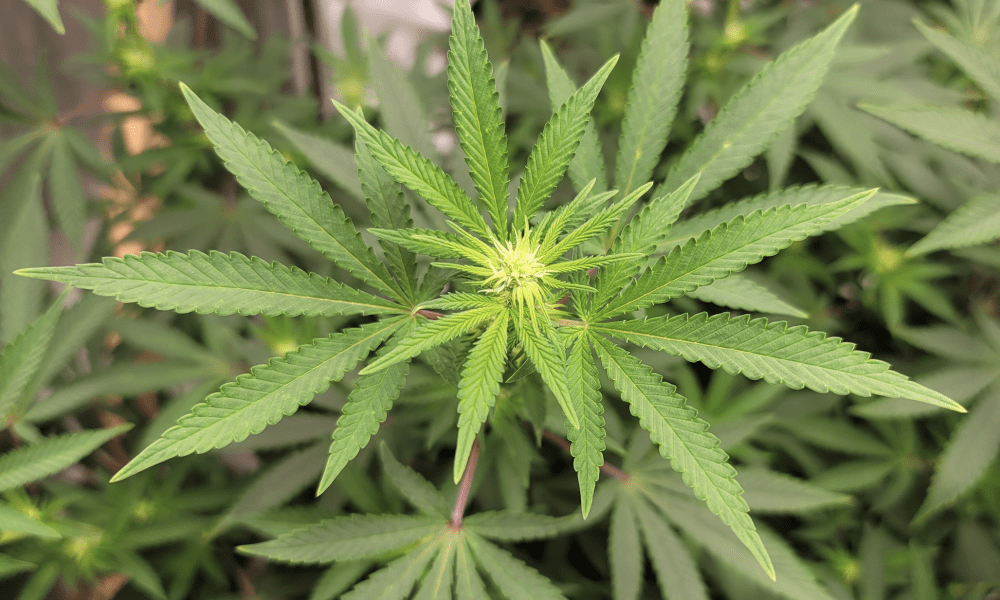moonymonkey
Active member
Wake up there trying to ruin the seed businesses discrimination by alternating dna breeding?..stop it nowww get ur seeds In order time wise...s.o.s..plan nowww..
You ok?Wake up there trying to ruin the seed businesses discrimination by alternating dna breeding?..stop it nowww get ur seeds In order time wise...s.o.s..plan nowww..

I'm fine do search it's thereYou ok?
I make my own beans same as always.I'm fine do search it's there
Any argument that cannabis has no accepted medical use is baseless and so obviously false that the majority of Americans (including those who don't use cannabis at all) in poll after poll don't believe it. How the DEA could continue to try to dupe people to believing this is baffling.Sorry about that, Edited the post. Correct, they can't maintain there is NO accepted medical use because the medical value of cannabis goes back 300,000 years in Indian culture I was told, and there is also current research they reference.